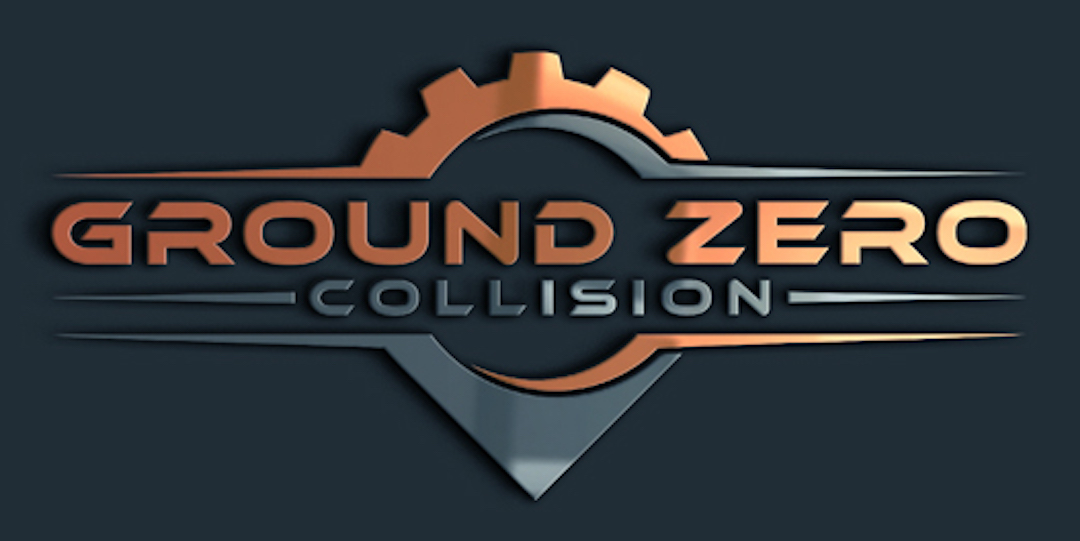Experiencing an auto accident can be overwhelming, and the subsequent insurance claim process often adds another layer of stress. Beyond dealing with insurance paperwork, you also face the critical decision of selecting a collision repair shop to restore your vehicle. While insurance companies typically suggest their “preferred” or “direct repair program (DRP)” shops, it’s essential to know that you have the right to choose an independent body shop that prioritizes quality repairs according to manufacturer standards.
In this guide, we’ll walk you through the insurance claim process and offer tips for finding a reputable independent body shop to ensure your vehicle receives the best possible care.
Step 1: Reporting the Accident and Filing a Claim
After an accident, your first step should be to ensure everyone involved is safe and call emergency services if necessary. Once you’ve handled immediate concerns, contact your insurance provider to report the accident. They will guide you through filing a claim, which typically involves:
- Providing accident details, including time, location, and circumstances.
- Submitting photos of the damage (if possible).
- Obtaining a police report (if applicable).
The insurance company will assign a claims adjuster to assess the damage and estimate repair costs.
Step 2: Understanding Your Rights in the Repair Process
One common misconception is that you must use the insurance company’s preferred shop for repairs. While these shops may offer convenience, it’s crucial to understand that they often operate under agreements with insurance companies to keep costs low—sometimes at the expense of repair quality.
According to most state laws, including Colorado’s, you have the right to choose any licensed repair facility for your vehicle. Independent body shops, especially those without DRP agreements, often prioritize proper repairs according to the vehicle manufacturer’s original specifications. This means they are more likely to use original equipment manufacturer (OEM) parts rather than cheaper aftermarket alternatives.
Step 3: Getting an Accurate Estimate
When seeking collision repair, it’s a good idea to get estimates from multiple shops, including independent ones. Look for shops that:
- Perform a thorough inspection beyond visible damage.
- Use OEM parts and adhere to manufacturer guidelines.
- Are certified by industry organizations like I-CAR or ASE.
Avoid shops that give overly quick or low estimates without a proper assessment, as this may indicate rushed or incomplete repairs.
Step 4: Verifying the Shop’s Reputation
Before settling on a repair facility, do some research to ensure the shop has a strong reputation for high-quality work and excellent customer service. Here are some ways to verify credibility:
- Check online reviews: Look for detailed reviews on Google, Yelp, and local forums. Pay attention to comments about repair quality and customer experience.
- Ask for referrals: If you know someone who recently had collision repairs, ask about their experience.
- Visit the shop: A well-maintained, organized shop with modern equipment is a good indicator of professionalism.
Independent shops with solid reputations often rely on word-of-mouth and customer satisfaction rather than insurance company referrals, so they have a strong incentive to do the job right the first time.
Step 5: Navigating Insurance Company Tactics
Some insurance companies may try to steer you toward their preferred shops by implying that independent shops will delay the process, charge more, or provide subpar repairs. These tactics are often designed to discourage you from exercising your right to choose. Stand your ground and insist on using the shop you trust.
Additionally, consider asking your insurance provider about OEM parts coverage. If your policy doesn’t cover OEM parts, you might want to explore adding an OEM parts rider for future claims.
Step 6: Reviewing the Final Repair
Once repairs are complete, carefully inspect your vehicle before signing off on the work. Look for:
- Consistency in paint color and texture.
- Proper alignment of panels and doors.
- Any lingering issues with how the vehicle drives.
A quality independent body shop will stand behind their work and often offer warranties on repairs, giving you added peace of mind.
Final Thoughts: Choose Quality Over Convenience
The insurance claim process after an accident can be complex, but taking the time to find a trustworthy independent body shop is crucial for ensuring your vehicle is repaired to the highest standards. While insurance companies may promote their preferred shops for convenience, remember that your priority should be safety, reliability, and proper restoration of your vehicle.
By choosing an independent shop with a proven reputation, you’re investing in long-term peace of mind. Don’t be afraid to ask questions, verify credentials, and stand up for your right to quality repairs—it’s your vehicle, and you deserve nothing less.

